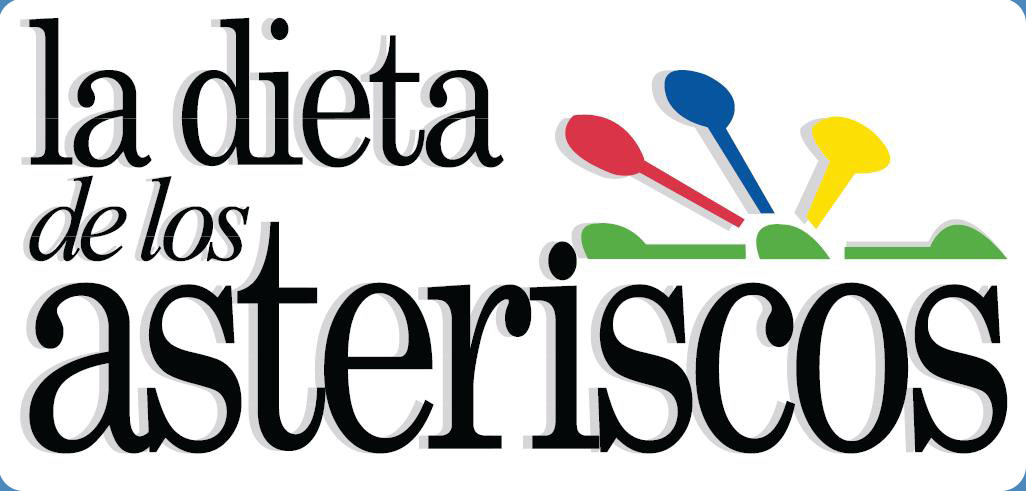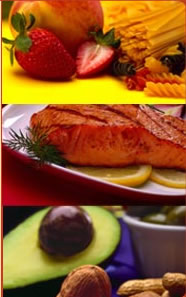Protect your life

How do you protect your life?
Women generally spend time with their kids, working or in altruists endeavors; however, they spend little time thinking about their own health and the risks to their lives.
It is important to get an annual medical exam once a year with the following elements:
CHOLESTEROL TEST:
According to surveys, the majority of women believe that the main cause of death among women is breast cancer, but 40% of deaths are as a result of cardiovascular disease, which takes the life of more than half a million women in the US each year, or more than all cancers combined.
Unfortunately, heart problems are not always detected in time. According to data from St. Louis University, out of the women who had an exertion test with abnormal results, only 38% of them had follow-up tests to determine why, compared to men who 62% with abnormal results had follow-up tests.
It has also been observed in recent year that at the appearance of symptoms of heart problems, the number of women receive diagnosis and treatment is half that of men.
Part of the problem is that heart symptoms are different in men and women, and as a result, doctors and patients don’t take them into consideration. Women may have shortness of breath, or intermittent pain while resting; while mean suffer oppressive chest pain that goes into the left arm. It is important to stress that the rate of cardiovascular diseases increases in postmenopausal women or in those women that have had a hysterectomy (removal of the uterus).
Since the 1970s, doctors have noted that men suffer more heart attacks than women, however, when women reach menopause or have hysterectomies the incidence of heart attacks in women equal men. At first they believed it was a question of hormones but later they demonstrated that menstruation has a protective effect against the risk of heart attacks, as it helps the body eliminate excess iron. When one does not menstruate, iron accumulates and the excess is converted into a substance that facilitates the oxidation of fat in the blood, which can lead to cardiovascular disease.
As a preventative measure, as women become older they should avoid taking multivitamins that contain iron and decrease consumption of red meat, egg yolks and animal fats. Eliminate from the diet, sausage, bacon, lard and shortening.
To decrease the concentration of low-density lipoproteins (“bad cholesterol”) we should increase the consumption of vegetable oils, such as corn oil and sunflower oil, as well as marine fats, such as sardines, tuna and salmon.
HAVE PAP TESTS:
The majority of women are conscious that they should have these exams to help detect uterine cancer, however, one in four women allow three years to pass between tests.
The US Collage of Obstetricians and Gynecologists advises women over age 18 or younger if they have had sexual intercourse, to have a pelvic exam at least once a year.
To reduce the risk of cancer it is important to increase the consumption of foods rich in antioxidants, beta-carotene, vitamin C and vitamin E, such as dark leafy vegetables (broccoli, spinach, kelp), carrots, beets, tomatoes, guava, oranges, grapefruit, lemons and avocado.
BREAST EXAMS:
Breast cancer has turned into a potential danger that affects one in nine women.
According to the National Health Statistics in the US, only 61% of women over age 39 have had a mammogram in the past two years. Those over 65 years are the ones who take the least care, even though they are at the greatest risk of developing breast cancer.
Additionally, many women over 40 years old do not perform self-examinations regularly because they are scared of finding something bad and prefer to remain in ignorance, according to Dr. Janet Osuch. However, the survival rate if it is diagnosed early is 90%. All experts agree that it is necessary for women to begin having mammograms after age 40. The Cancer Prevention Society recommends having this test once a year. The Cancer Institute recommends every two years and after age 50 every year.
According to the National Cancer Institute, less than 25% of American eat the proper foods to to protect against cancer. According to some scientific studies, green cruciferous vegetables, such as cabbage, broccoli and brussel sprouts can contribute to preventing breast cancer, neutralizing the work of estrogen that accelerates the growth of tumors.
A mineral present in cherries, grapes and strawberries can counteract the effect of carcinogenic agents that, when not protected against, can cause malignant tumors.
Anti-breast cancer regimen from Dr. Early Mindell:
• 15 g wheat germ (1 full tablespoon)
• 1 cup of broccoli, cabbage or brussel sprounts
• 2 servings of red and orange fruits rich in beta-carotene
• 2 servings of citrus fruits rich in vitamin C
• ½ cup of soy
BONE DENSITY TEST:
One out of two women over age 50 breaks a bone as a result of osteoporosis.
Bone density in women reaches a maximum around age 30, and afterwards begins decrease slowly until reaching menopause, after which the decrease accelerates. For this reason, the greater the bone density at age 30, the better off you are, explains Dr. Eileen Hoffman, adjunct director at the Program of Health in New York.
Between 15 and 20 million North Americans suffers from osteoporosis, the majority in older age, which explains the 1,300,000 bone fractures a year. The National Academy of Sciences recommends women ages 19 to 50, including pregnant and breast-feeding women, consume a gram of calcium a day and after age 50, increase that amount to 1.2 grams a day.
Two cups of nonfat milk and a container of yogurt provide about 1 gram of calcium.
Diet recommendations: Eat foods rich in calcium: nonfat dairy products are an excellent source of calcium. A container of nonfat yogurt contains 30% of the daily calcium recommendation. Other foods rich in calcium are salmon, sardines, corn tortillas, almonds and walnuts.
Vitamin D is essential for the absorption of calcium. Good sources of vitamin D are dairy products and fish oils.
Another mineral, borium, can help prevent osteoporosis and increase the level of estrogen in the blood. Dried fruits, such as cherries and apricots are an excellent source.
Soy provides isoflavones, a type of phytoestrogen, which is similar to human estrogen and helps the absorption of calcium.
Soy milk preparation: allow the soy beans to soak all night in enough water to cover them. The following day, throw out the water and add two cups of clean water and liquefy the soy beans and water in a blender. The milk is ready and you can add chocolate, fruit or sugar to flavor it.
Order your personalized diet here https://dietasalamedida.com/portal/pag_en.asp

